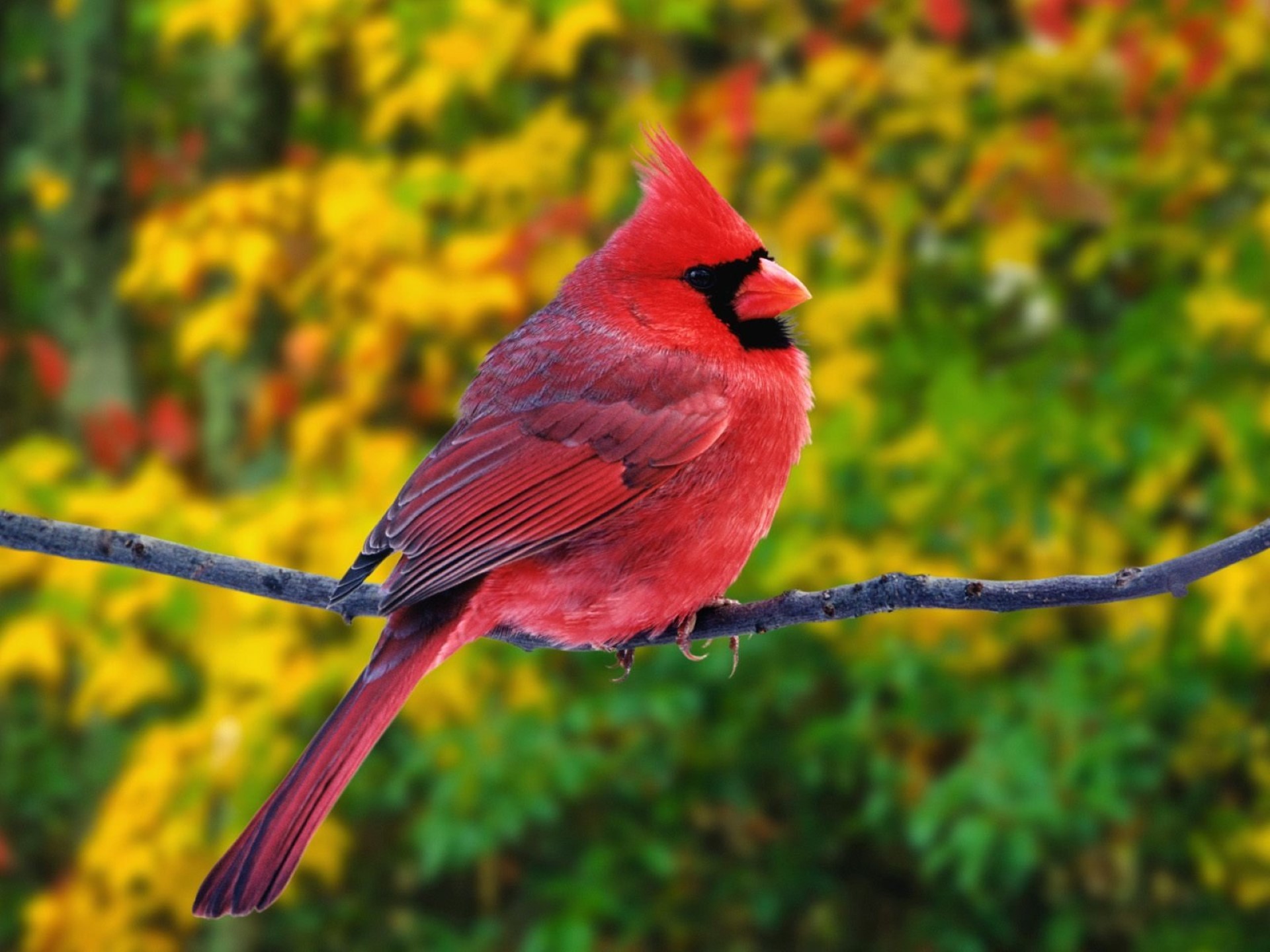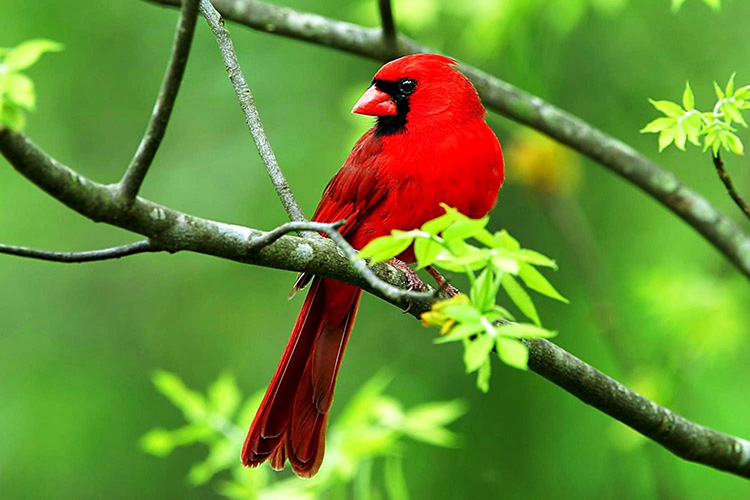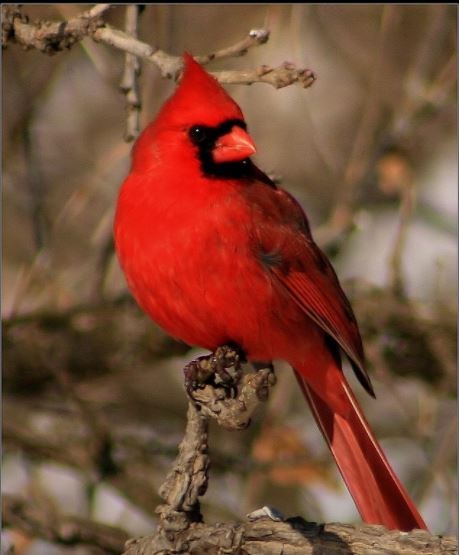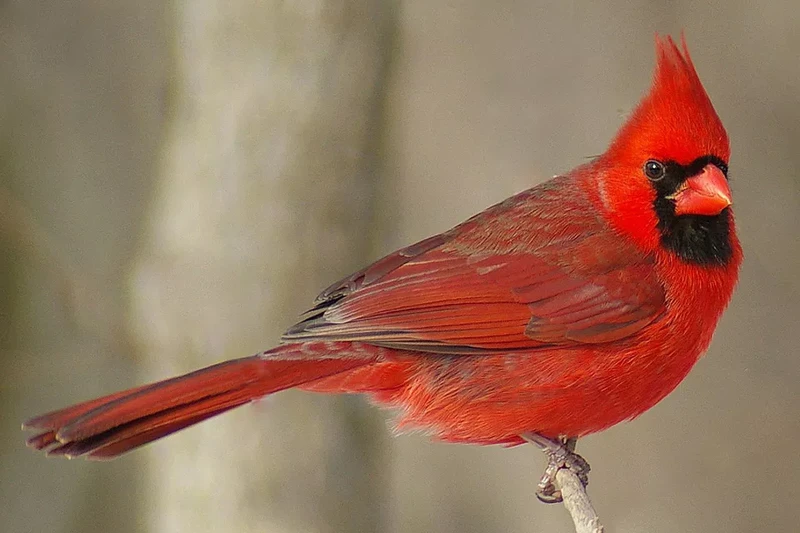Exceptionally Rare: A Cardinal Bird Sporting a Half-Male, Half-Female Phenomenon
In the heart of Pennsylvania, USA, a remarkable discovery has unfolded within the confines of a couple’s garden – an exceedingly rare cardinal bird with an appearance that defies conventional norms. This avian marvel possesses the vivid scarlet plumage typically associated with male cardinals on one side of its body, while the other half exhibits the soft, understated green shades often found in their female counterparts.
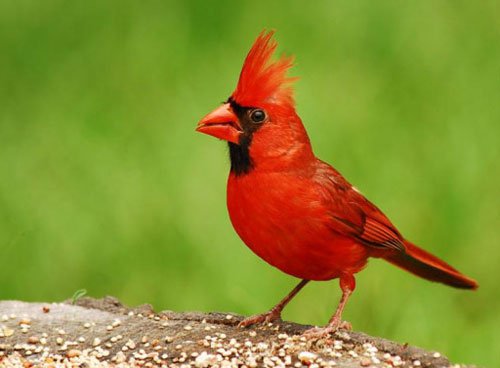
The uncanny cardinal bird, captured in photographs showcasing its distinctive split-gender appearance, has elicited awe and intrigue. Shirley Caldwell, accompanied by her husband Jeffrey, was taken aback by this unexpected spectacle during their regular session of wild bird observation in Erie, Pennsylvania. As the couple traced the movements of their avian visitors, they stumbled upon this remarkable creature.
The unique bird had graced their garden a few weeks prior to the sighting, and it was Shirley Caldwell who managed to capture its presence in a photograph as it rested upon a towering redwood tree, a mere nine meters away from their kitchen window.
This extraordinary cardinal’s appearance aligns with a phenomenon known as sexual dimorphism, a characteristic often found in distinct species where adult males and females exhibit noticeable visual discrepancies. This bird’s rare split appearance seems to be an unparalleled manifestation of this phenomenon.
Delving into avian biology, the determination of sex in birds takes an intriguing twist compared to human biology. Bird chromosomes are designated as Z and W, with females possessing ZW chromosomes and males sporting ZZ. Consequently, male bird sperm carries solely Z chromosomes, while females produce eggs with either Z or W. This intricate interplay of genetic composition intertwines to give rise to a captivating half-male, half-female cardinal bird.
Dr. Alex Bond, a distinguished ornithologist and senior curator at the Natural History Museum, explained, “As far as we know, if hermaphrodites were formed, then the bird would have one ovary and one testicle. But all birds only have one urogenital opening. So externally, they will appear alike.”
The enchanting anomaly of this cardinal bird serves as a vivid reminder of nature’s capacity to astound and defy conventional expectations, offering us a captivating glimpse into the complexity and diversity of the avian world.
